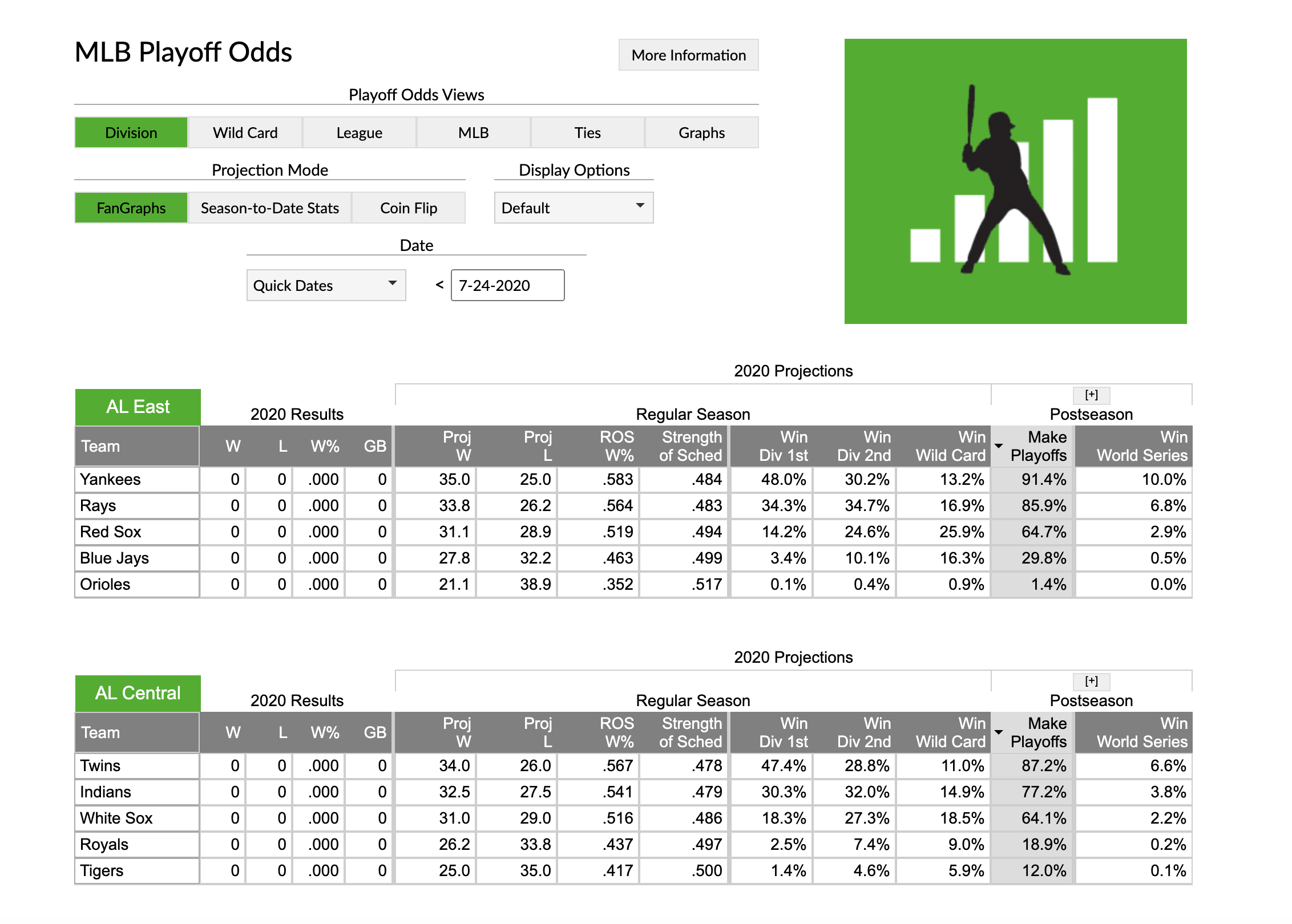I Really Hope This All Works
After everything that led to the start of its truncated 60-game season, Major League Baseball tried its hardest to fill Opening Day with all the excitement it could. The defending World Series champion Nationals faced this offseason’s most sought-after free agent pitcher, making his debut for the league’s most storied franchise. After that, the Dodgers took the field, joined for the first time by the newest face of their franchise, to host their longtime rivals. Leading immunologist Dr. Anthony Fauci — the face of the United States’ fight against the COVID-19 pandemic that led to the suspension of sports seasons all over the world — threw out the first pitch of the season, a not-so-subtle signal to the American public that things are fine, or fine enough.
But the moment had already been soured. Hours before the first game of their season, Nationals wunderkind Juan Soto was announced to have tested positive for the coronavirus, forcing him to miss the season-opener and enter self-isolation. In addition to being scary news for Soto — who is asymptomatic — it also served as one more reminder of the dangers MLB faces as it attempts to play a season in the middle of a pandemic, and the complicated moral quandaries fans of the sport will struggle with as long as that season goes on.
Wednesday — Works out at Nationals Park
Thursday — Receives positive test result for Tuesday test
That is four full days between giving a saliva sample that tested negative and receiving a positive result.
— Jesse Dougherty (@dougherty_jesse) July 23, 2020
Not that we needed the reminder in the first place. For four months, we’ve been absorbing as much information as possible about the virus, its potentially deadly effects, and its insidious spread through asymptomatic carriers; about the difficult ethical debates it created; about the lost jobs and the likely permanent damage dealt to already vulnerable industries and communities; about the potentially devastating hurdles and pitfalls that lurk within the return plans of various leagues; and, of course, since this is pro sports, about whether all of this might be rendered moot by the greed of ownership. After all of that, there was hope MLB’s return would be the escape we’ve all anxiously waited for. Instead, it has become its own source of anxiety — a profoundly risky gamble with thousands of lives in the balance, in which we root less for teams and players and more for the simple wish that nothing terrible happens. Read the rest of this entry »


 Dan Szymborski
Dan Szymborski